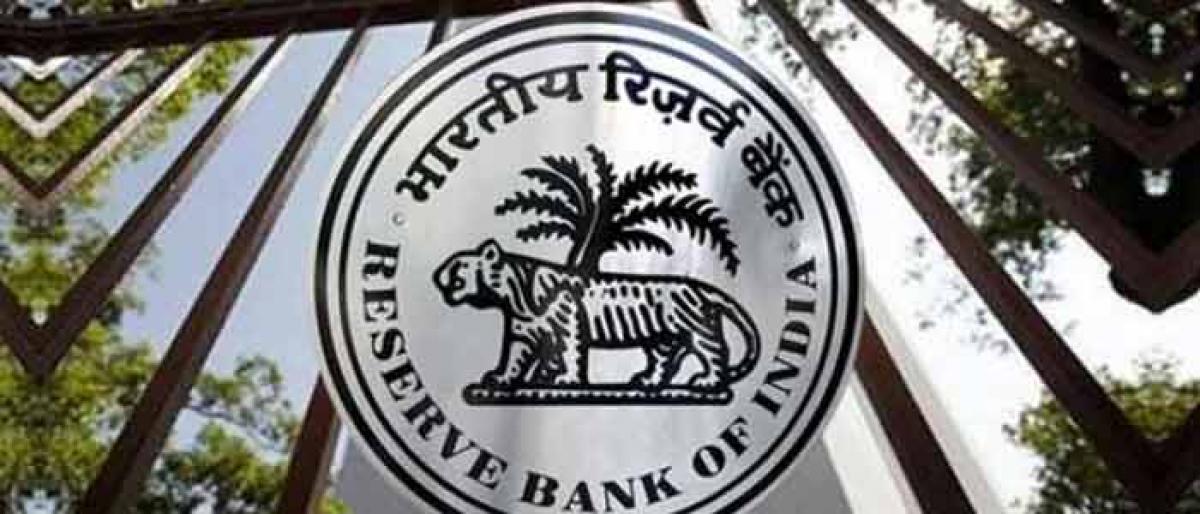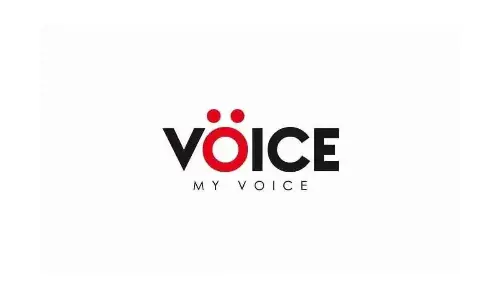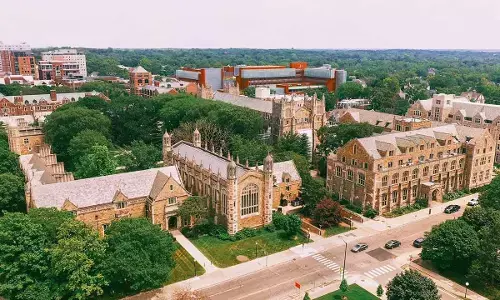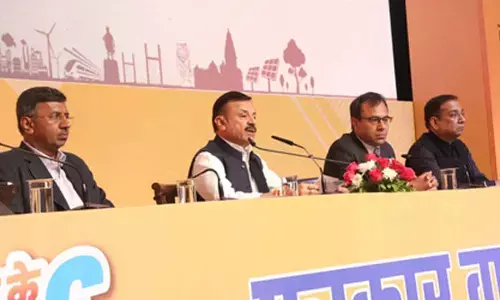Rate cut hopes

In its sixth and last monetary review for this fiscal year announced last Wednesday, the Reserve Bank of India (RBI) kept key interest rates on hold citing higher inflationary pressures. It was third time in row that the apex bank preferred status quo on key rates.
In its sixth and last monetary review for this fiscal year announced last Wednesday, the Reserve Bank of India (RBI) kept key interest rates on hold citing higher inflationary pressures. It was third time in row that the apex bank preferred status quo on key rates.
Furthermore, key lending rates remained static for most part of the current fiscal barring in August when the apex bank reduced repo rate at which it lends to banks from 6.25 per cent to 6 per cent. So, RBI’s decision in this month’s policy review to keep rates unchanged did not come as surprise for many as inflation reached a 17-month high of 5.2 per cent in December 2017, driven by higher food and crude oil prices. At that level, inflationary pressures exceeded RBI’s target of 4 per cent for the current fiscal by several notches.
However, consumer price index (CPI)-based inflation, or retail inflation, cooled to 5.07 per cent in January thanks to moderation in food inflation. Though the reading was significantly higher than what was seen in January 2017, it was slightly lower on month-on-month basis. According to official statistics, consumer food basket inflation eased. Similar trend was noticed in fuel and power segments as well, leading to moderation in overall inflation.
Furthermore, factory output measured as the index of industrial production (IIP) expanded by 7.1 per cent in December last year, indicating momentum in GDP growth. The uptick was driven by higher traction in manufacturing activity which constitutes 77.63 per cent of the key index. Importantly, the capital good sector witnessed a sharp upswing in output by 16.4 per cent. In comparison, it registered a whopping 6.2 per cent decline in the same month a year ago. The sharp rise witnessed in the capital goods sector is a clear indication that investments have picked up pace.
Nonetheless, the falling trajectory of inflation and the rising trend of factory output bode well for the economy. It is very likely that RBI may go for a rate cut in the new financial year if inflation cools further. Global financial services major Bank of America Merrill Lynch (BofAML) expects RBI to reduce interest rates by 25 basis points in August. While pointing out that inflation risks were overdone, it forecasted a lower inflation of 4.7 per cent for February, citing moderation in tomato and onion prices.
“We expect the RBI MPC to look through the jump in inflation to 5.4 per cent in April-June, as it is driven by base effects. Against this backdrop, we expect it to cut rates by a final 25 bps in August if the La Nina materialises,” BofAML said in a research note on Tuesday, referring to a weather phenomenon which gives a boost to Southwest monsoon.
Though other financial services majors and economists feel that RBI may wait and watch for some more time before taking a call on rate cut, the apex bank will have to bite the bullet as the NDA-led Central government will need better growth numbers at a time when the country heads to general elections in 2019




















